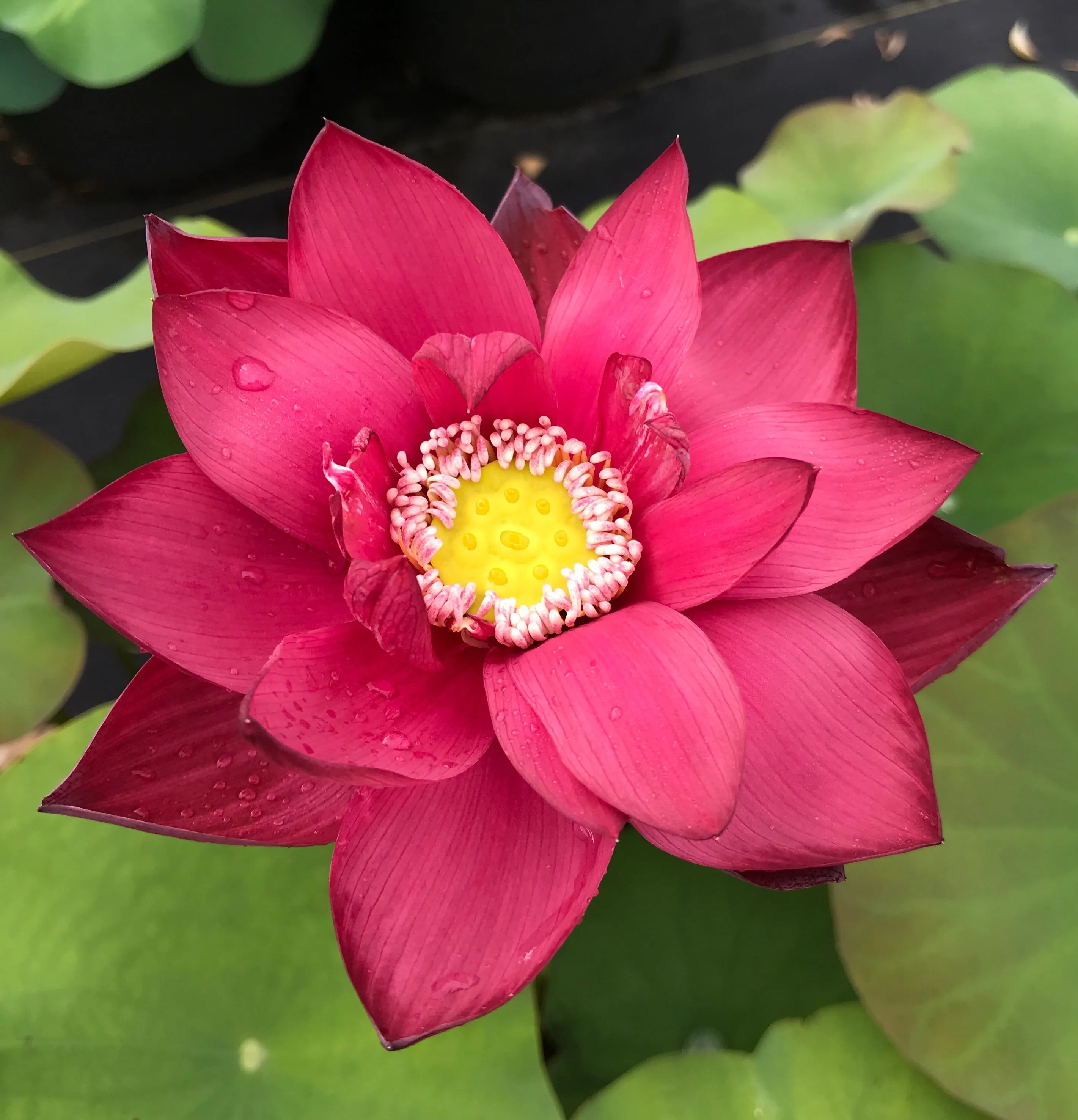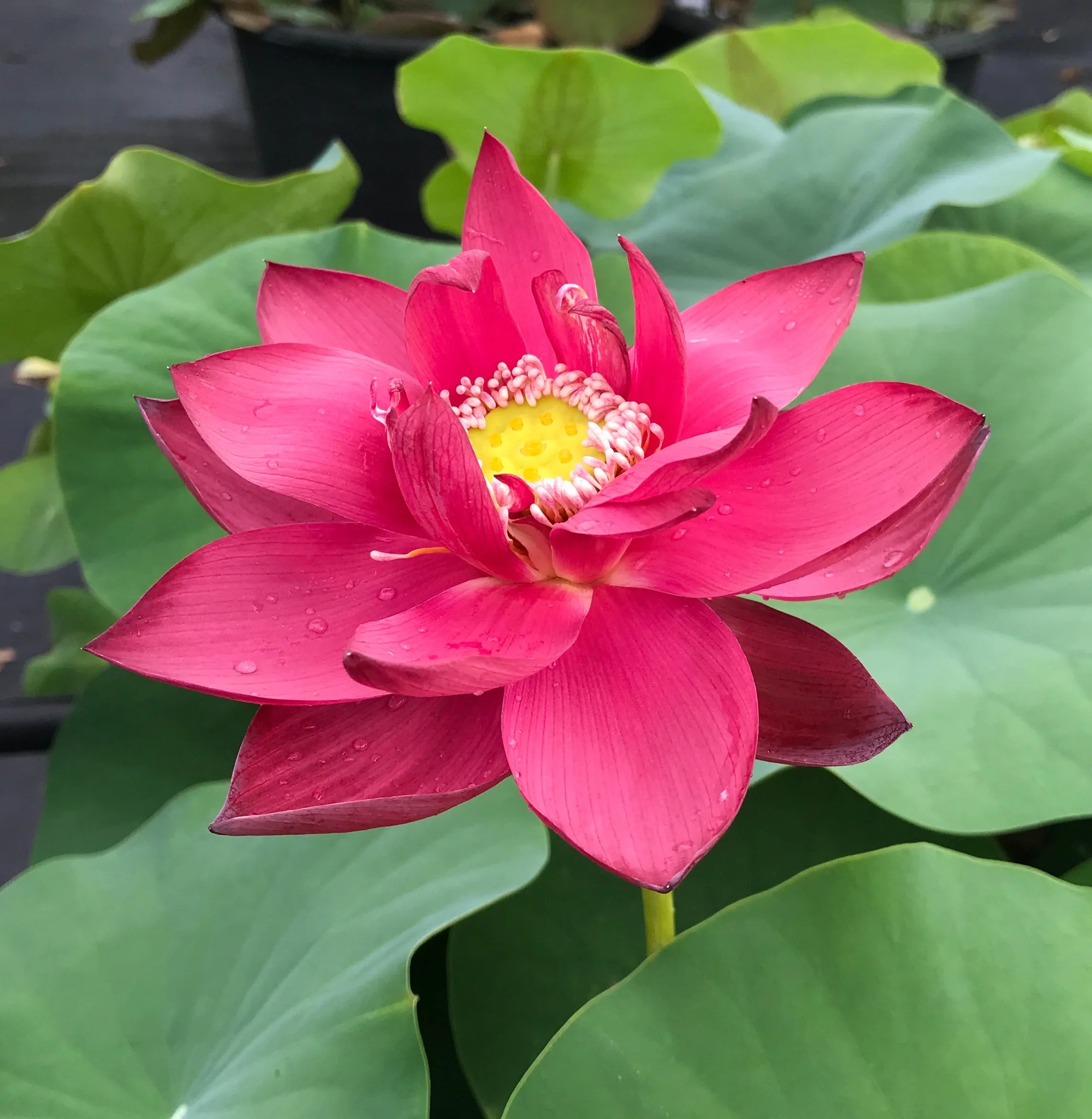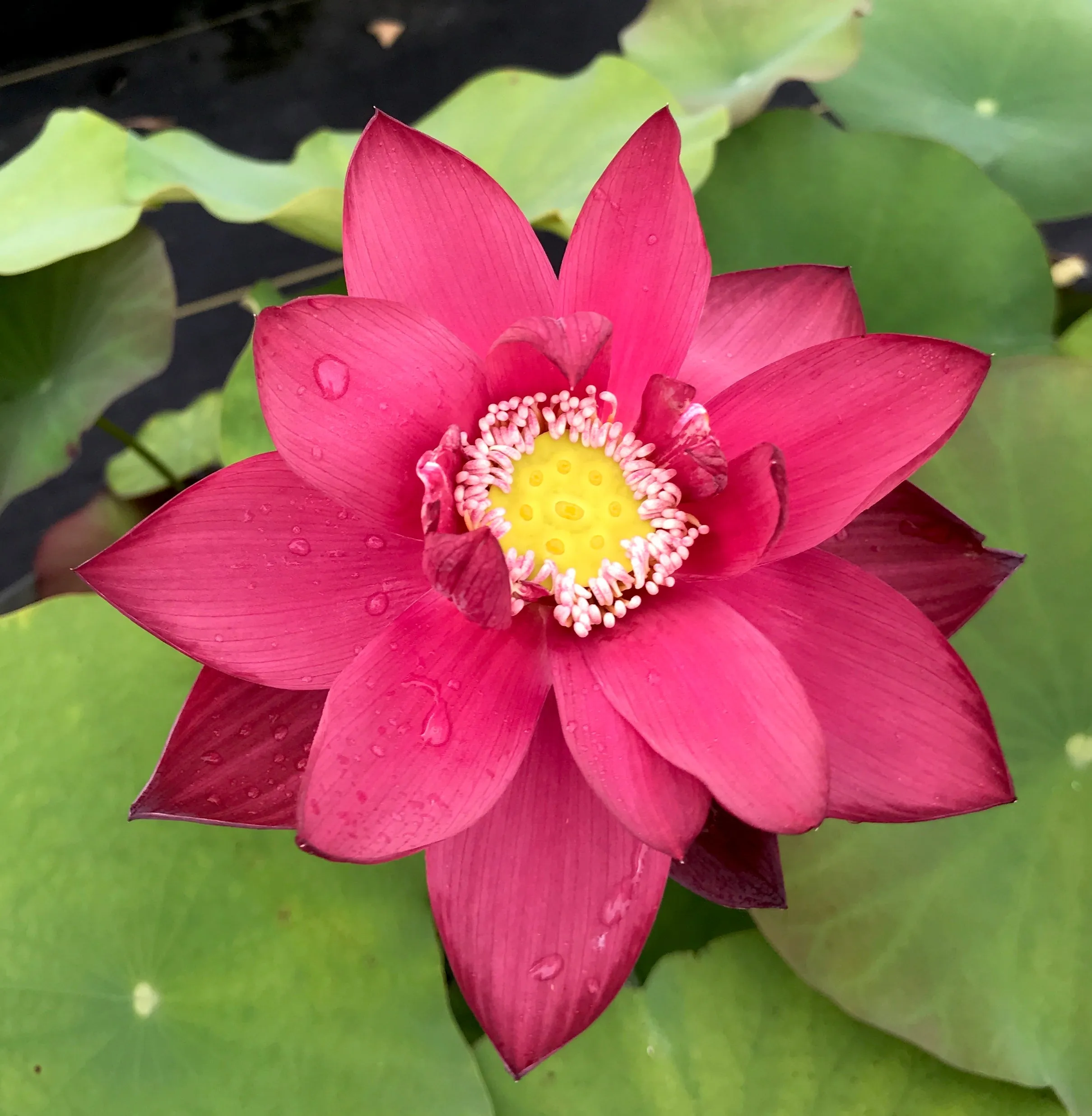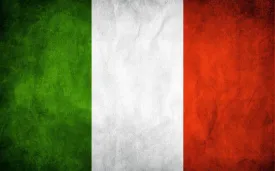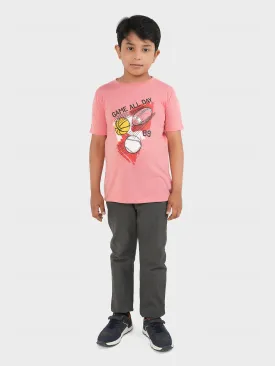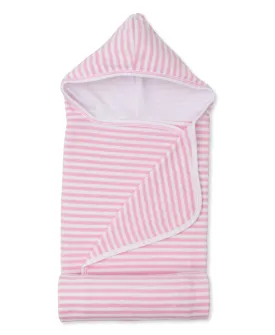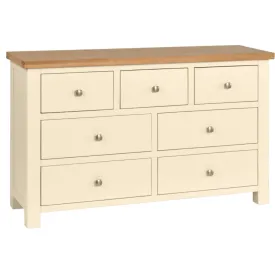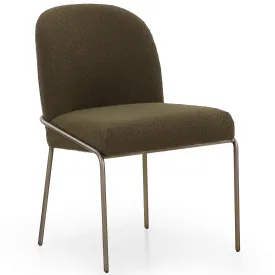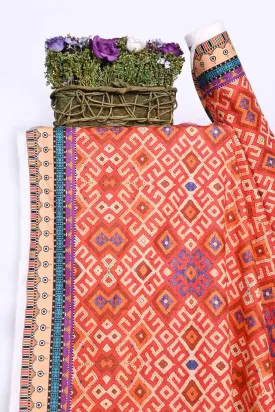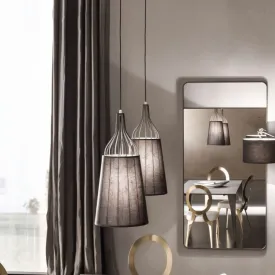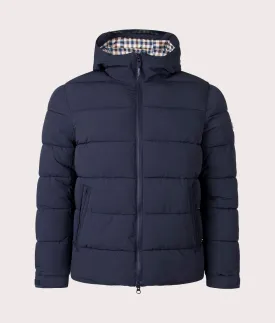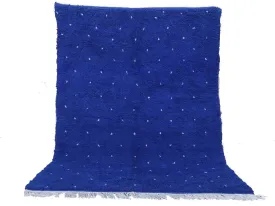Beijing Lotus
Plant Description
Beijing Lotus is one of the most outstanding lotus varieties that we sell! AMAZING, bold, red, single petal blooms tower above the lush green foliage on this SPECTACULAR lotus! This will be the centerpiece of your pond or an exciting addition when place in large containers pool side or on your patio! This classic, red, single-petal flower is simply awesome! Red Beijing Lotus grows 4 - 5 feet tall when grown in very wide (24 - 48 inches wide or wider) containers. Order Early--sure to be a sellout!
Tall/Brilliant-Red/Single-Petal
How To Plant Your Lotus
Plant your lotus tuber when daytime temperatures are consistently in the 70's and nighttime temperatures are consistently in the 50's, after all danger of frost has passed. Plant this beauty in a wide (24 - 48 inch or wider) container using loam soil. Dig a trench in the soil and place the lotus tuber in the trench, being careful not to break or damage the growth tips. Cover all but the growth tips with soil and add four to six inches of water over the soil and place your lotus in a sunny location outdoors. (Lotus need at least 8 - 12 hours of sunlight per day to grow and bloom!) In a week or two you should have coin leaves on the surface of the water. A week or two after that, you should have aerial leaves growing out of the soil. Once you have aerial leaves, it is time to fertilize your lotus.
When To Fertilize Your Lotus
Lotus plants, including Red Beijing Lotus, are very heavy feeders! we recommend for optimum growth, best bloom and ease of use! The first dose of fertilizer should be 1/2 the recommended dosage, after that, fertilize monthly until the end of summer. Simply press four to six fertilizer tabs into the soil near the roots of your lotus being careful not to damage the roots. Do this once a month throughout the growing/blooming season (June through September). Your lotus should GROW and BLOOM the very first year!
What Is Loam Soil?
Loam soil is a good mixture of Topsoil and Sand
If you are lucky enough to have good topsoil in your backyard, by all means, use your topsoil. All you will have to do is add fertilizer. If you are not so lucky--and your backyard is sand or heavy red or yellow clay, you can mix up a batch of loam soil.
You can create your own loam soil by mixing these two ingredients together
- 2/3 Inorganic Topsoil (Little or no organic material added)
- 1/3 Pool Filter Sand
Mix together thoroughly with a little water. Your soil should clump when squeezed. If your soil is mixed properly, it will not muddy your pond water.
You can purchase inexpensive bags of inexpensive / poor Topsoil at Lowes or Home-Depot. Good soil clumps together as a ball in your hand with only a little moisture.
Don't buy brands like Scott's or Miracle-Gro, as they will contain too much organic matter that can foul your water. Buy an unbranded bag of topsoil instead.
You can purchase Pool Filter Sand at any store that sells pool supplies.
Loam soil is well suited for all aquatic plants (except oxygenators). Oxygenators rarely need to be planted, just anchored in the substrate or in a container filled with sand or 1/8 inch pea gravel.
Sand holds little water but does allow for aeration and drainage.
Some DO's and DON'TS regarding Aquatic Planting Soil
DO NOT use potting soils ( as they are too light and will float right out of the pot). Potting Soil has organic material that will rot and foul your water!
DO NOT add too much composted material (as it is too rich in organic matter and it will ferment underwater and destroy the ecology of your pond).
DO NOT use 100% calcined clay as there is no nutritional value in calcined clay.
DO NOT add rocks, stones or pebbles to the top of your planting container as this will inhibit the growth of your plants. Plants do not grow in rocks and stones in nature!
DO NOT purchase API Aquatic Planting Media or Microbe-lift Aquatic Planting Media as these products are NOT suitable for waterlilies, lotus or most other pond plants. They are suitable for submerged grasses ONLY!





